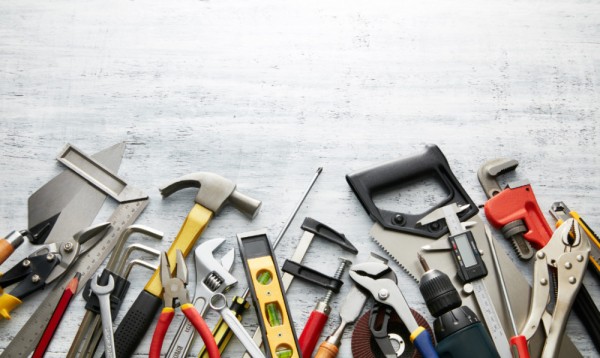We’re well into the fall season and winter is right around the corner. This is the time of year when it’s especially important to make sure your home is properly sealed. Air leaks can make it difficult to keep your home properly heated and can lead to high utility bills. Here’s quick guide to checking your home for air leaks.
Do an air pressure test. You can quickly check for air leaks with a simple test using household items. Seal your home by completely closing all doors, windows, and vents and turning off exhaust fans. Then pass a burning incense stick along the edges of all doors, windows, and other openings to the outside. If the smoke is forced into or away from an opening, you’ve found a leak.
Inspect doors and windows. To check for leaks near your windows, attempt to rattle the frame. This will reveal whether there are gaps along the edges. Also check for cracks in the frame, loose screws in locks, or gaps anywhere in the window.
Door hinges and thresholds are common places for air leaks. Deteriorated weather stripping can also lead to leaks and the door itself can develop cracks that allow air to pass through.
Skylights are a little trickier to test and examine, but you can still do it yourself. Check for water stains near your skylights, which is a dead giveaway of a leak. If you suspect there is one, you’ll have to get on the roof for a closer inspection. Look for loose shingles, cracked roofing cement, and debris.








